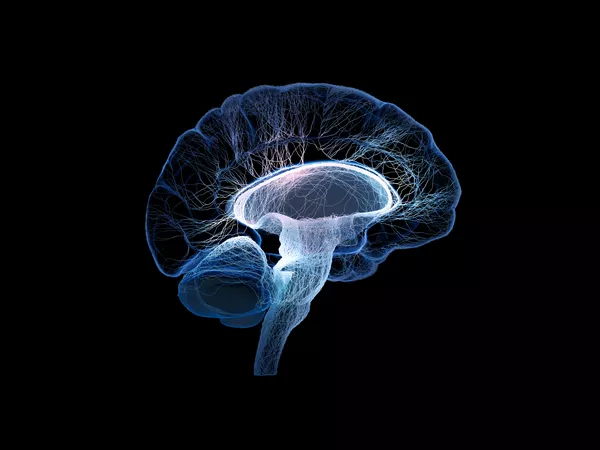EDITORIAL
Published on 03 Nov 2022
Editorial: Advances in the imaging techniques of radiologically subtle CNS disorders
doi 10.3389/fnins.2022.1059705
- 625 views
- 1 citation
19k
Total downloads
73k
Total views and downloads
EDITORIAL
Published on 03 Nov 2022
ORIGINAL RESEARCH
Published on 17 May 2022
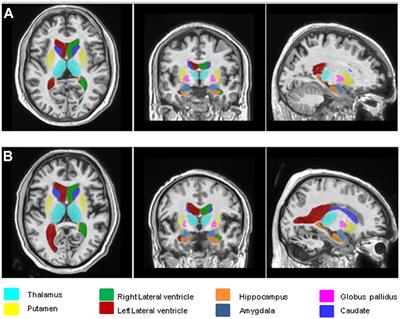
SYSTEMATIC REVIEW
Published on 18 Apr 2022
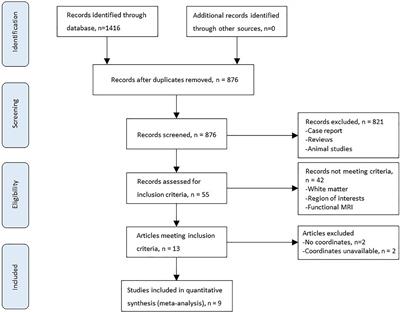
REVIEW
Published on 31 Mar 2022
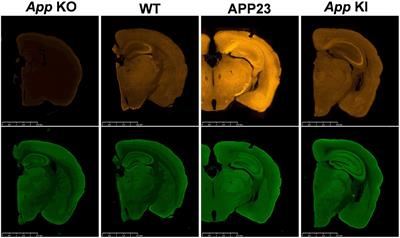
ORIGINAL RESEARCH
Published on 10 Mar 2022

ORIGINAL RESEARCH
Published on 10 Dec 2021

ORIGINAL RESEARCH
Published on 26 Nov 2021

ORIGINAL RESEARCH
Published on 05 Oct 2021
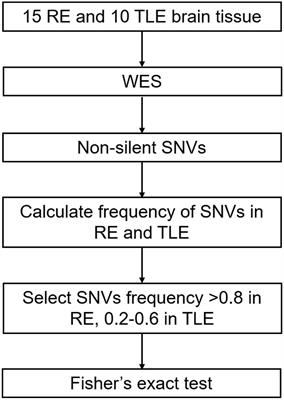
ORIGINAL RESEARCH
Published on 16 Sep 2021

ORIGINAL RESEARCH
Published on 23 Aug 2021

REVIEW
Published on 06 Aug 2021

REVIEW
Published on 27 Jul 2021

